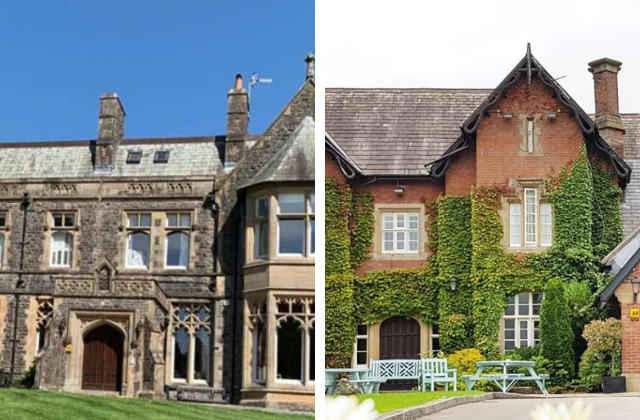A 21-hectare solar farm which will help Lancaster University achieve net-zero status has been granted planning permission by Lancaster City Council.
A planning application for the 16.5MW photovoltaic solar farm was submitted by Lancaster University in October. It will be built on land owned by the university at Forrest Hills.
As well as generating green energy that will be used to power its Bailrigg campus, the solar farm will save approximately 2,654 tonnes of CO2 emissions annually, the equivalent to 600 standard cars being taken off the road each year.
The approved plans allow around 36,000 panels to be installed in the land adjacent to Proctor Moss and the River Conder, which has previously provided grazing land and open countryside. The plans include a landscaping scheme to enhance the hedgerows and woodland, protecting views from local walkers and creating an environment that will support wildlife and increase biodiversity.
The land is also used by Green Lancaster, a collaborative initiative between the University and Students’ Union aimed at engaging with staff and students on sustainability focused projects and activities.
Paul Morris, director of capital projects and estate development at Lancaster University, said: "Lancaster University is already the highest producer of renewable energy of all UK universities and has already reduced its electricity and heating emissions by 50 per cent since 2005.
"The solar farm will reduce our ‘scope 1 & 2’ emissions further, seeing a reduction of our utility-related emissions by more than 40 per cent, which is a critical strategic step in our drive for net-zero.”
Some concerns were raised during the consultation phase around glare from the solar panels, in particular in relation to the nearby M6 motorway. Assessments by technical specialists were carried out to explore glint and glare impacts, which concluded that M6 road users would not experience reflections due to the distance, landform, hedges and trees.
Each 1.75metre high, dual-facing, panel will be arranged in rows 8.7metres in length with 3m gaps between each row. The panels will be connected to a series of small inverter stations and a substation that will be clad in stone and slate to fit with the surrounding environment.
The University worked with consultants, Coldwell Banker Richard Ellis (CBRE) during the planning phase to co-ordinate the consultation process and subsequent planning application.
Helen Clarkson, associate director for planning and development at CBRE, said: "Gaining the planning permission needed for the development of this site is a strong step forward for the university, and for Lancaster City Council.
"The proposals received a notably high level of support throughout our consultation and the case for the development was strong. The result will secure Lancaster University’s place as a leading pioneer university in the UK for environmental sustainability and we look forward to commencing the next stage of the project.”
With planning permission now granted, the next stage of the project is to plan the delivery phase. The university supports a preferred supplier framework that considers local contractors, their carbon footprint and their ability to ensure the contractor is awarded fairly and responsibly.
- For further Lancashire business news, advice and analysis subscribe to Lancashire Business View or join the LBV Hub from just £2.50 per month. Click here to subscribe now.
Enjoyed this? Read more from Tim Aldred






















